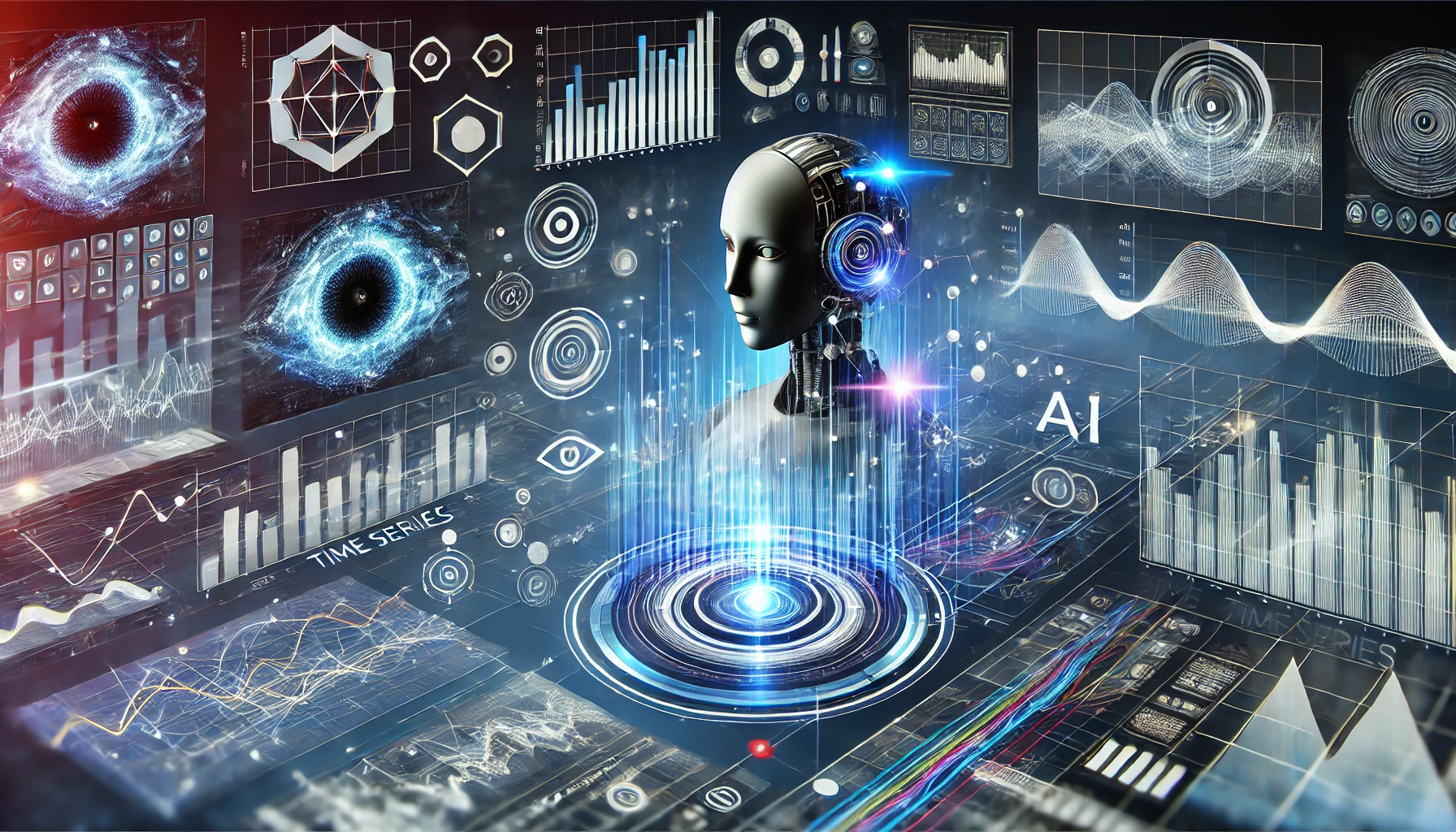Key Points
1. Time series modeling is crucial for many real-world applications, but faces challenges like complex spatio-temporal dependencies and distribution shifts.
2. The potential of using foundational pre-trained large language models (LLMs) for universal time series tasks remains largely unexplored, despite their strong generalization and reasoning capabilities.
3. Current time series methods rely on fixed-length windows of past observations, which may be inadequate for capturing complex patterns and trends.
4. Retrieval-Augmented Generation (RAG) combines pre-trained language models with information retrieval from external knowledge bases, offering potential to enhance time series modeling.
5. The proposed Agentic RAG framework uses a hierarchical, multi-agent architecture with a master agent and specialized sub-agents for different time series tasks.
6. The sub-agents utilize smaller, pre-trained language models (SLMs) customized through fine-tuning and direct preference optimization, and retrieve relevant prompts from internal knowledge bases (prompt pools) to improve predictions.
7. The prompt pools store key-value pairs representing historical patterns and trends, allowing sub-agents to leverage related past experiences for better adaptation to new data.
8. The modular, multi-agent design of the Agentic RAG framework provides flexibility and achieves state-of-the-art performance across major time series tasks.
9. The framework effectively addresses complex challenges in time series analysis, unlike single, universal agents attempting to handle all tasks."
Summary
The proposed Agentic Retrieval-Augmented Generation (RAG) framework introduces a novel approach to time series analysis. It addresses the challenges of complex spatio-temporal dependencies and distribution shifts in time series data through a hierarchical, multi-agent architecture.
The framework consists of a master agent that coordinates specialized sub-agents, each dedicated to a specific time series task such as forecasting, anomaly detection, or imputation. These sub-agents employ pre-trained language models and utilize prompt pools as internal knowledge bases. The prompt pools store key-value pairs representing historical patterns and trends within the time series data.
When processing new input data, the sub-agents retrieve the most relevant prompts from their respective prompt pools based on similarity to the input. This allows the sub-agents to augment their predictions with contextual knowledge about related past patterns, enabling them to adapt to diverse trends within the complex time series data.
The modular design of the Agentic-RAG framework, combined with the strengths of the individual sub-agents, offers several benefits. It provides flexibility, as the sub-agents can be updated independently and dynamically allocated by the master agent to handle specific tasks. Additionally, the knowledge-augmentation approach through prompt retrieval helps the sub-agents overcome the limitations of traditional fixed-window methods, which may fail to capture the full complexity of diverse trends and patterns in time series data.
Extensive empirical evaluations on benchmark datasets demonstrate that the Agentic-RAG framework achieves state-of-the-art performance across various time series analysis tasks, including forecasting, anomaly detection, imputation, and classification. The modular, multi-agent approach enables the framework to tackle the diverse challenges of time series analysis more effectively than traditional single-model methods.
Reference: https://arxiv.org/abs/2408.144...
